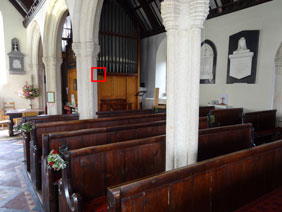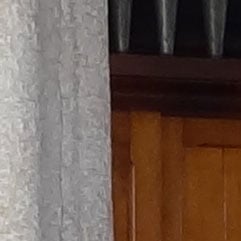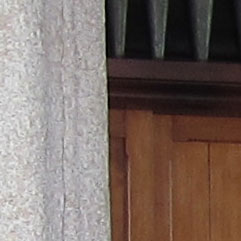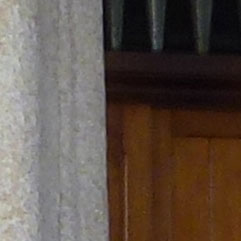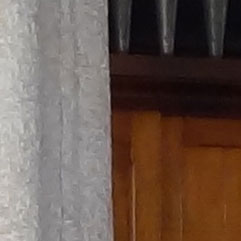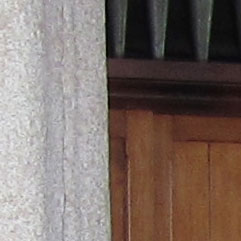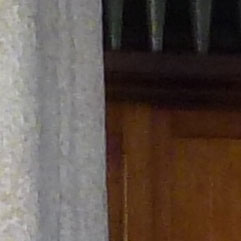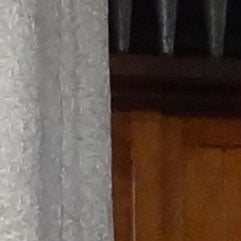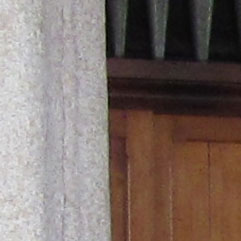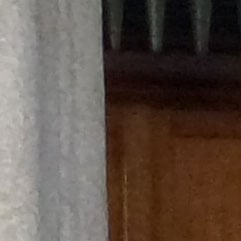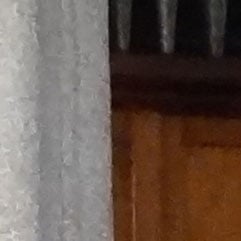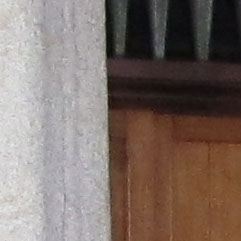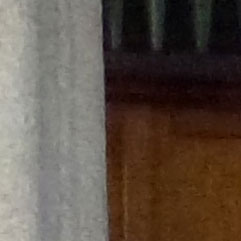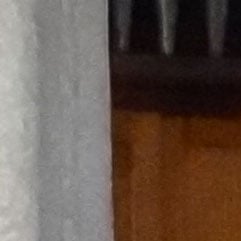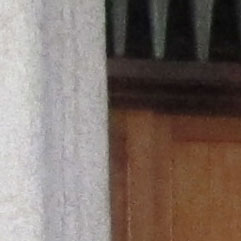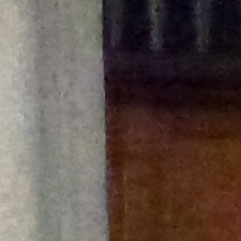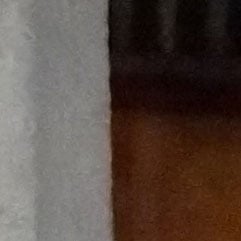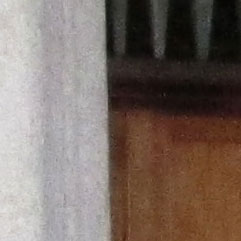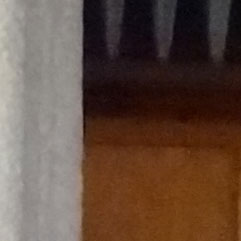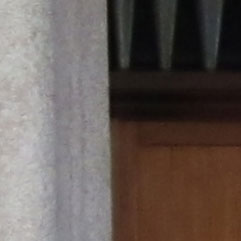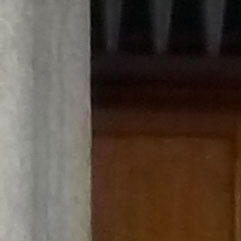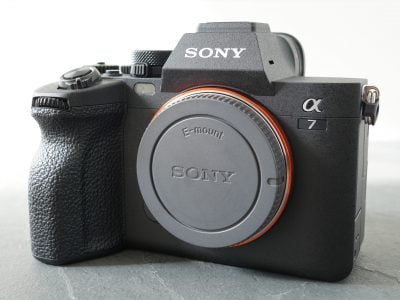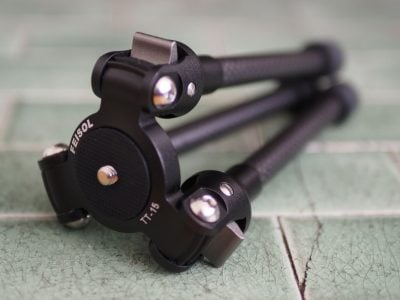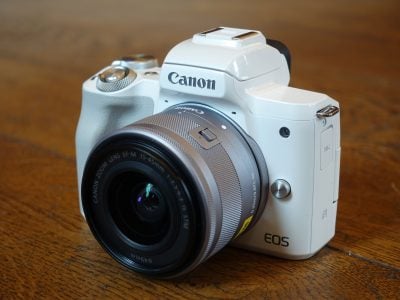Sony Cyber-shot DSC-HX9V
-
-
Written by Gordon Laing
Quality
Sony Cyber-shot HX9V vs Canon PowerShot SX230 HS vs Panasonic Lumix TZ20 / ZS10 Resolution
|
Sony Cyber-shot HX9V |
Canon PowerShot SX230 HS |
Panasonic Lumix TZ20 | ||
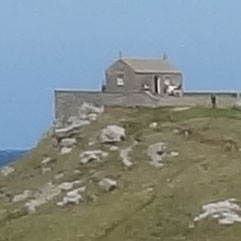 | 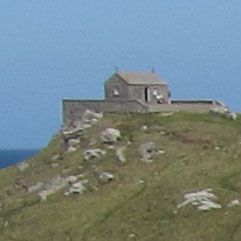 | 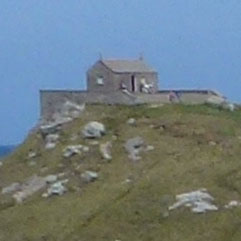 | ||
f8, 100 ISO |
f4 100 ISO |
f4, 100 ISO | ||
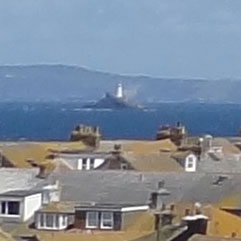 | 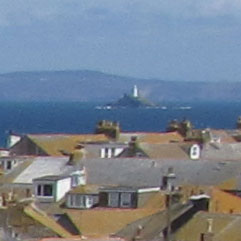 |  | ||
f8, 100 ISO |
f4 100 ISO |
f4, 100 ISO | ||
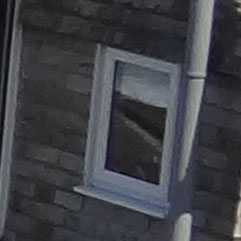 | 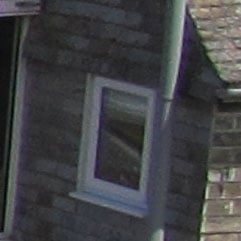 | 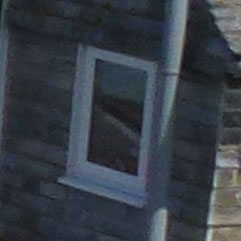 | ||
f8, 100 ISO |
f4 100 ISO |
f4, 100 ISO | ||
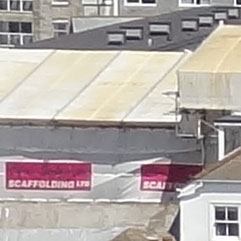 |  | 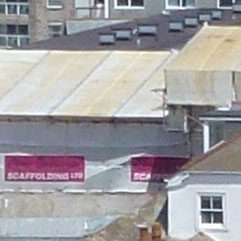 | ||
f8, 100 ISO |
f4 100 ISO |
f4, 100 ISO |
Sony Cyber-shot HX9V vs Canon PowerShot SX230 HS vs Panasonic Lumix TZ20 / ZS10 Noise
The above shot was taken with the the Sony Cyber-shot HX9V in Program auto mode. The lens was zoomed in slightly to 4.8mm (27mm equivalent), the sensitivity was set to 100 ISO and the exposure was 1/5th of a second at f3.5. The crops are taken from the area marked with the red square and presented below at 100%. The 100 ISO crop from the Cyber-shot HX9V is, by any measure, a clean result with very slight evidence of noise or noise processing. but the step up to 200 ISO results in a significant drop in quality. Take a look at the detail in the stone column on the left of the crop and the vertical lines between the wood panelling on the front of the church organ. Detail that’s clearly visible in the 100 ISO crop is obscured in the 200 ISO one. Having said that, while there’s clearly a lot of noise processing going on behind the scenes, the result isn’t dreadful and I doubt you’d notice at less than 100 percent view. In fact I checked and you can’t tell the difference at 25 percent, but you can, just, at 50 percent. At 400 ISO the noise is too much for the processing to deal with and there’s now a lot of graininess around, but this is still within the bounds of acceptable image quality, you can see the noise, but it’s not so intrusive as to make you think twice about taking shots at this setting. At 800 ISO and beyond though, the game is up and the noise clearly has the upper hand. Overall though, this is a good result for the Cyber-shot HX9V and the best performance yet we’ve seen from a 16 Megapixel compact sensor. Compared to the Canon PowerShot SX230 HS, there’s not much in it at the start, though the SX230 HS 100 ISO crop looks to have the better of it in terms of fine detail. At 200 ISO, though, the Cyber-shot HX9V crop takes a sharp quality dip with agressive noise procesing resulting in significant detail loss. At each step up the ISO scale the quality gap between the PowerShot SX230 HS and Cyber-shot HX9V gets progressively bigger. While the Cyber-shot HX9V can produce great results at its base 100 ISO setting, once you raise it the cracks begin to show up pretty quickly. We’ve included the Cyber-shot HX9V’s anti motion blur composite scene mode in preference to Hand-held Twilight mode which, though qualitatively better, underexposed the scene. Compared with the Panasonic Lumix TZ20 / ZS10, as in our real-world resolution test, the Cyber-shot HX9V has a clear advantage. This is most apparent in the 100 ISO crop with the HX9V crop showing more detail and less noise than the one from the Lumix TZ20 / ZS10. Despite the drop in quality as the Cyber-shot HX9V moves to 200 ISO, it’s still a superior result to the 200 ISO crop from the Lumix TZ20 / ZS10. And the HX9V maintains that edge all the way up the sensitivity range. Though it lacks a full resolution 3200 ISO setting the Lumix TZ20 / ZS10’s High Sens scene mode produces 3M images at 3200 ISO and the Handheld Night Shot mode has produced a good result at 400 ISO. Now head over to our Sony Cyber-shot HX9V sample images to see some more real-life shots in a variety of conditions.
|
